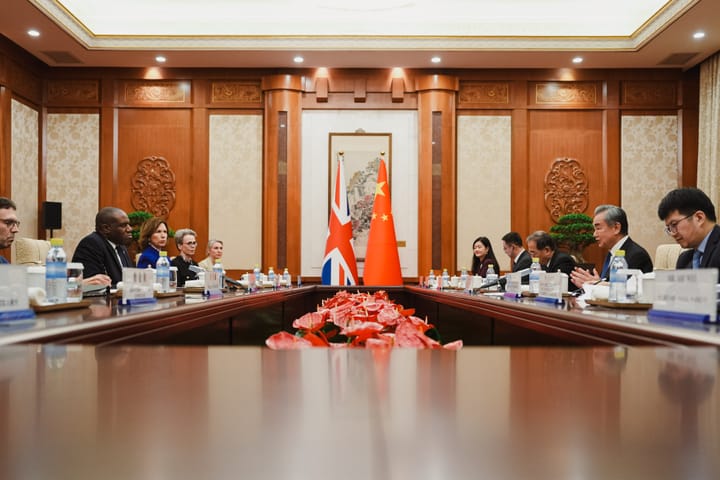There Are No Surprises in Modern Warfare

If you pick up a map from the U.S.G.S.–United States Geological Society–you will notice that land is shaded in two colors: green for forestry, and tan for everything else. Initially, one might think this differentiation is purely for visual clarity, but the true intention behind this mapping convention has a more strategic and military background. Instead of simply a convenient way of locating the nearest forest, the green shading on these maps are used to differentiate between grades of cover available to hide personnel in. On the map, green cover signifies dense forestry that could hide 100 men, and tan for insufficient cover. This categorization scheme, initially outlined around 1884 with the creation of the first topographical surveys by the United States, has stayed the same despite marked changes in not only military strategy but military intelligence. If you were to create a map like this today, accounting for the present capabilities of military intelligence, it would be all tan.
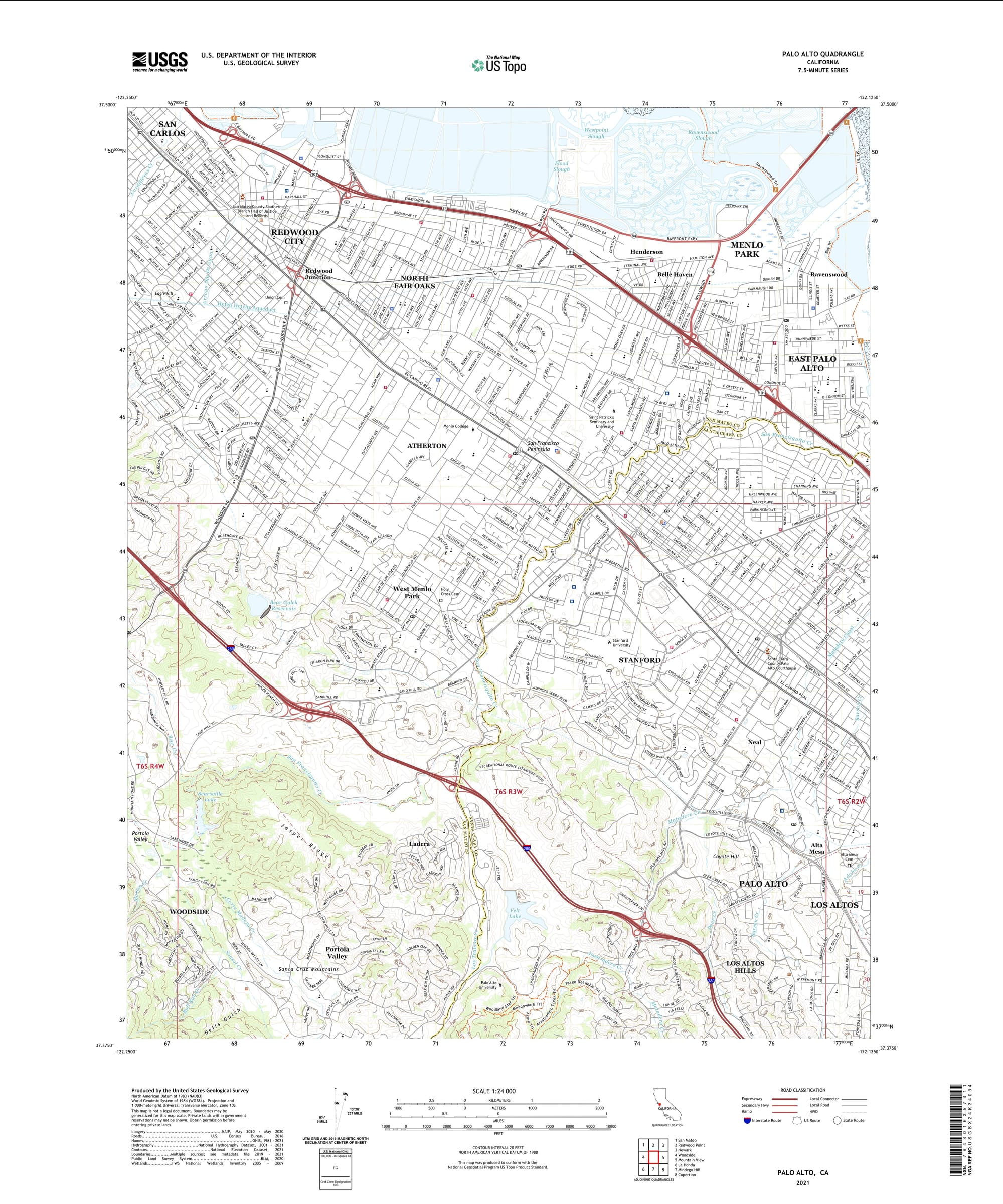
No amount of tree cover can hide any amount of persons from the ever watchful eyes of a global network of intelligence technology. Secrecy and surprise, familiar characteristics to any military strategist, are all but dead in mass conflict between technologically-capable adversaries. But it wasn't always this way.
1971: KH-9 Missions
Film Cameras in Orbit
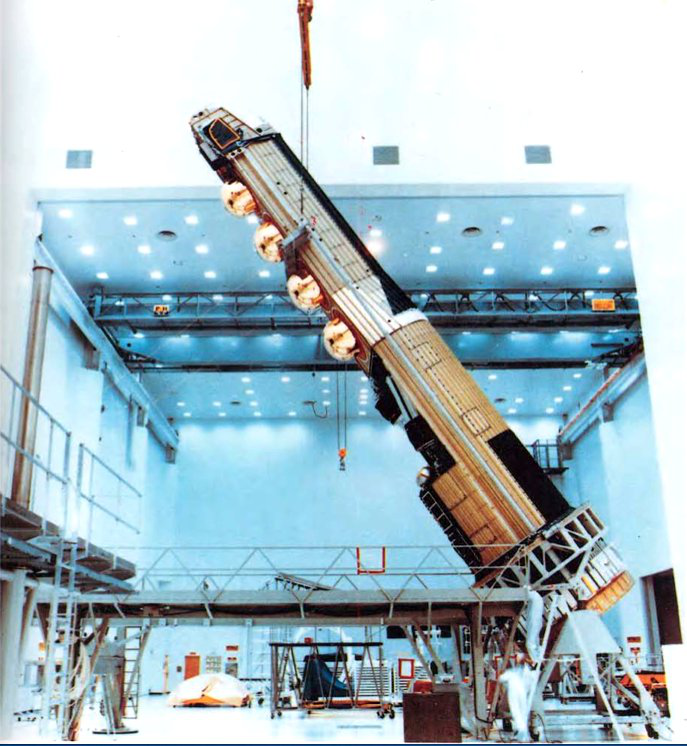
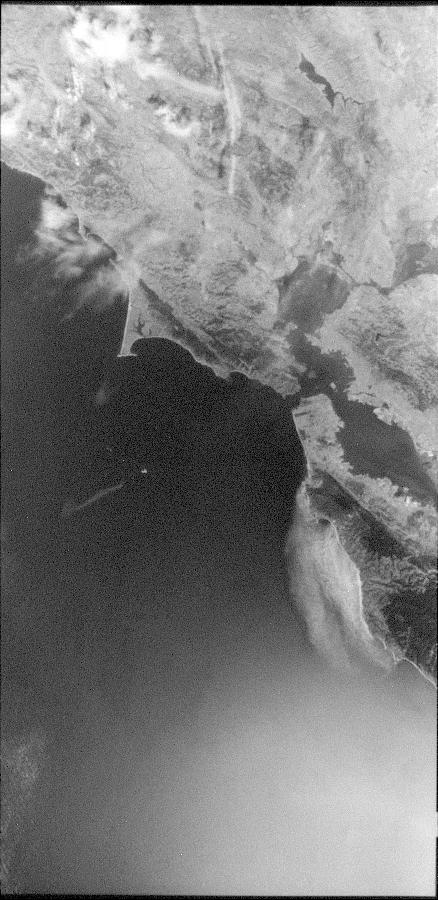
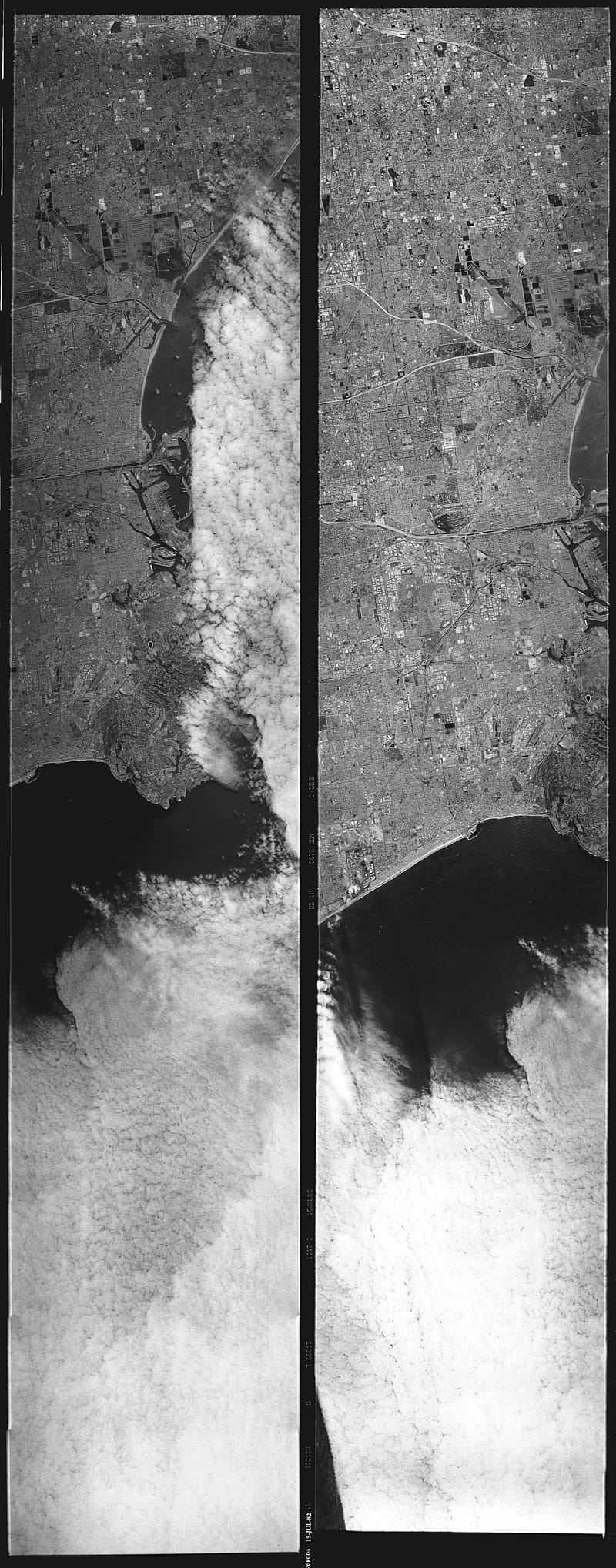
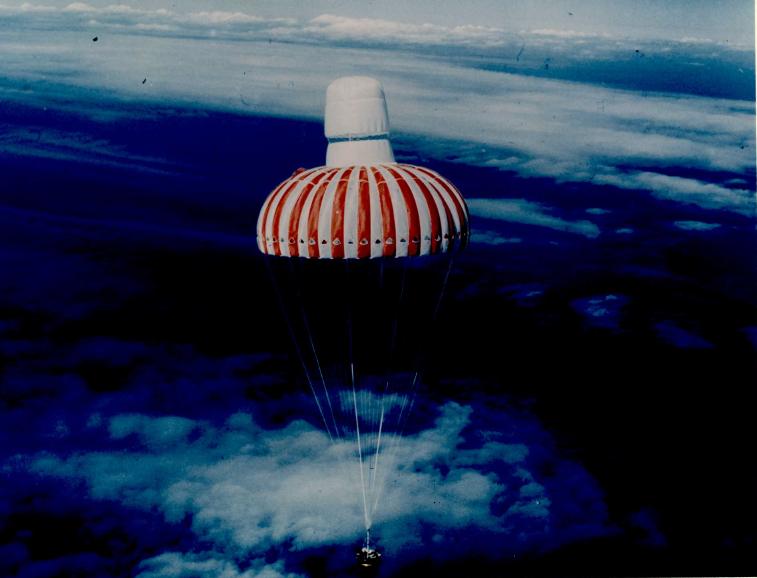
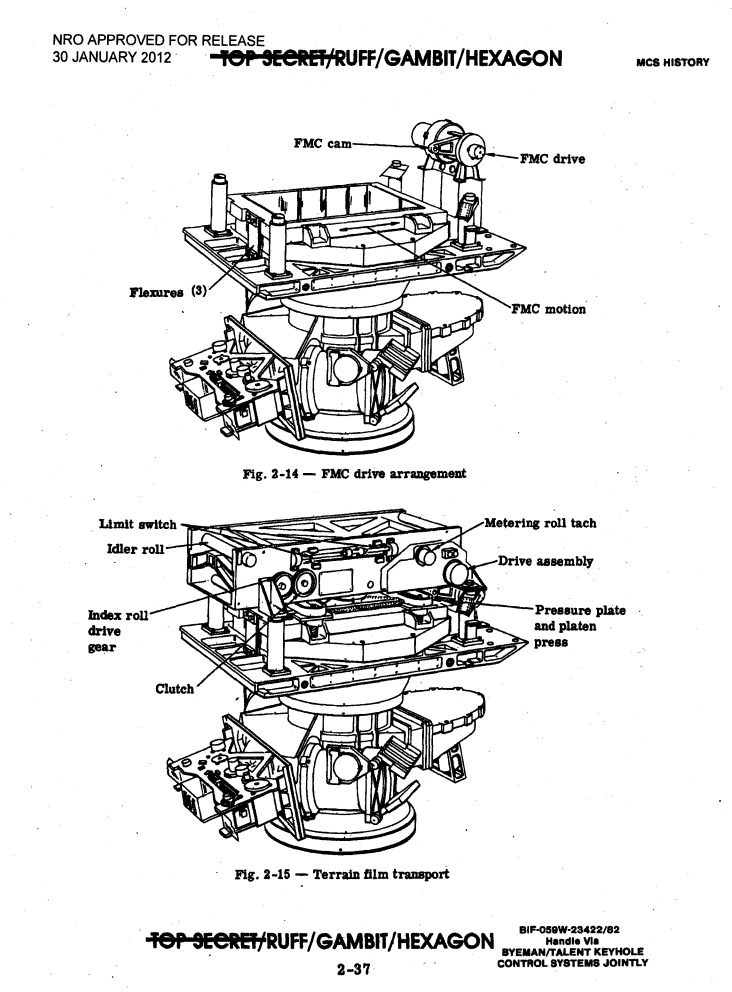
KH-9 Hexagon Missions - Credit: DoD/NASA
The KH-9 HEXAGON was a groundbreaking series of photographic reconnaissance satellites launched by the United States between 1971 and 1986. Officially known as the Broad Coverage Photo Reconnaissance satellites, these satellites played a crucial role in U.S. intelligence gathering during the Cold War era. It was one of the first attempts by the U.S. to gather intelligence directly over foreign territory, though the technology was not yet well-developed. While the technical capabilities of launching a satellite as large as KH-9 into orbit cannot be understated, the film cameras inside limited the resolution to about one pixel per football field of terrain. While good for spying on the Soviets, it did not radically change warfare. That change would come in the 21st century, when satellite technology started to become more than just photographs, developing into what's today known as Signals Intelligence, or SIGINT.
SIGINT: Observe Everything
NRA, NGA
The human eye can see less of the full color spectrum than a modern camera. A naive view of “spy satellites” might suggest that they can only see what we can. This assumption is false.
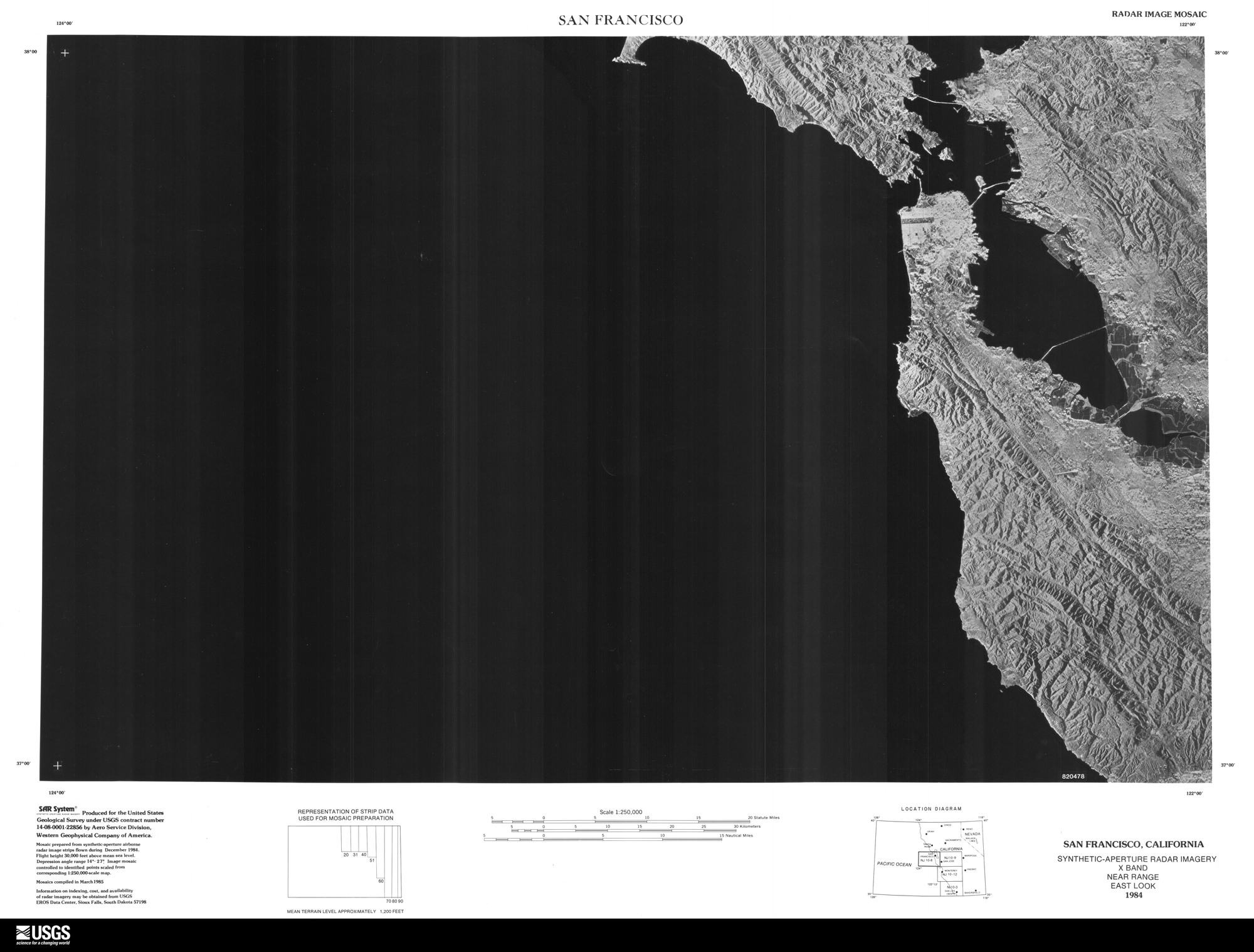
Modern SIGINT capabilities (2) far exceed those of the human eye. While humans can perceive a limited range of electromagnetic radiation visible to us, SIGINT systems can detect and analyze signals across an incredibly wide spectrum of frequencies, including radio waves, microwaves, infrared, ultraviolet, X-rays, and even gamma rays.
SIGINT systems use advanced sensors and receivers to capture and process these signals. As a result, SIGINT can intercept communications, radar emissions, electronic navigation systems, and other forms of electronic activity. Using these capabilities, a singular SIGINT-capable satellite—of which there are many—has the ability to pinpoint the exact location of a singular handheld radio.
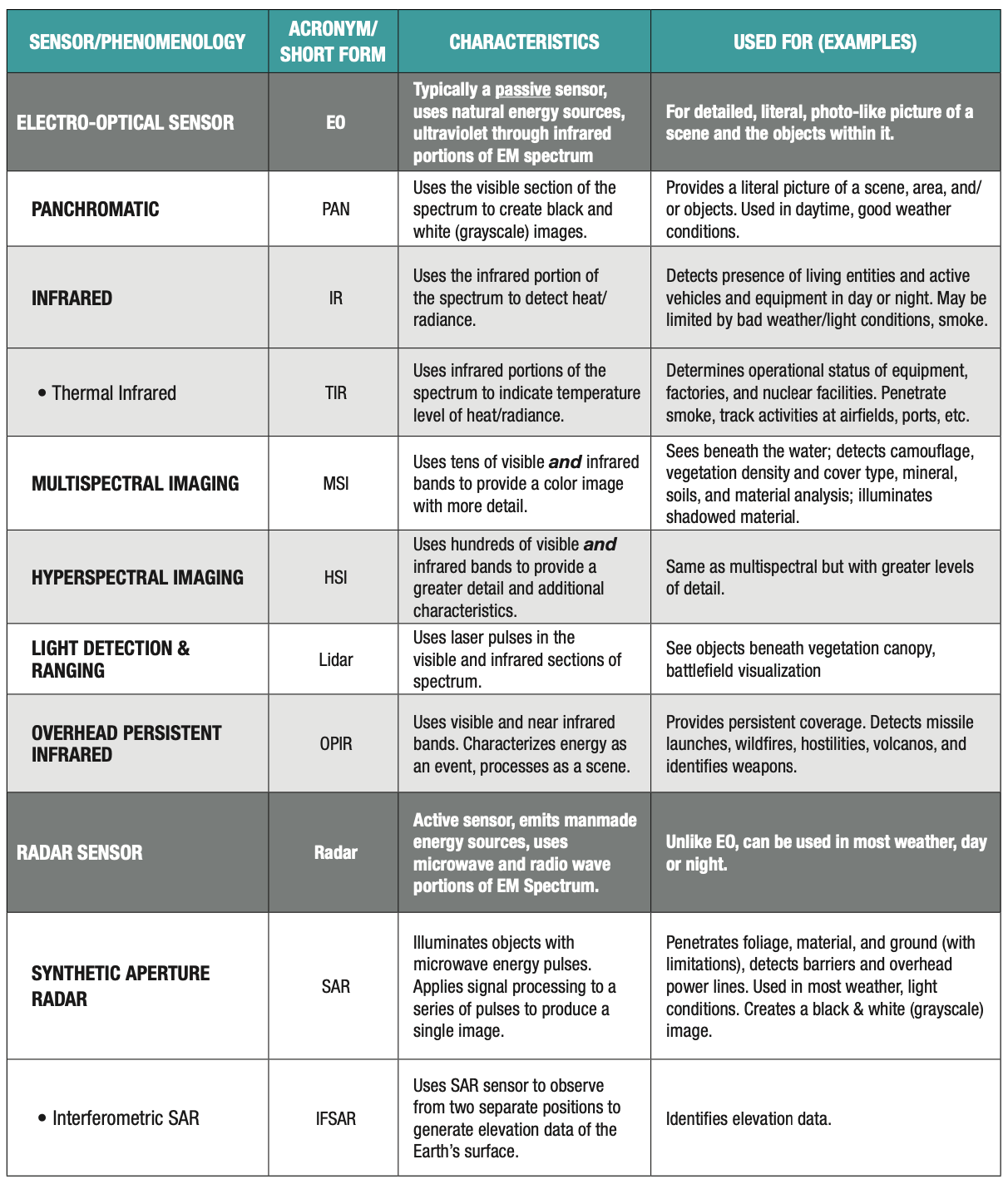
Communications are critical for all aspects of a military operation. An actor simply cannot operate with no communication between themselves, and more importantly, central command. With its SIGINT capabilities, the United States gains an ever watchful perspective on all communications, everywhere. Almost as crucial as comprehending the contents of a message is determining its precise time and location of transmission. This ability became extremely important in Russia's recent invasion of Ukraine, where the United States and its other Five Eyes powers warned Ukraine months before about a possible territorial incursion among other supporting roles in the ensuing conflict.
Russo-Ukrainian War
The Most Expected Surprise Attack
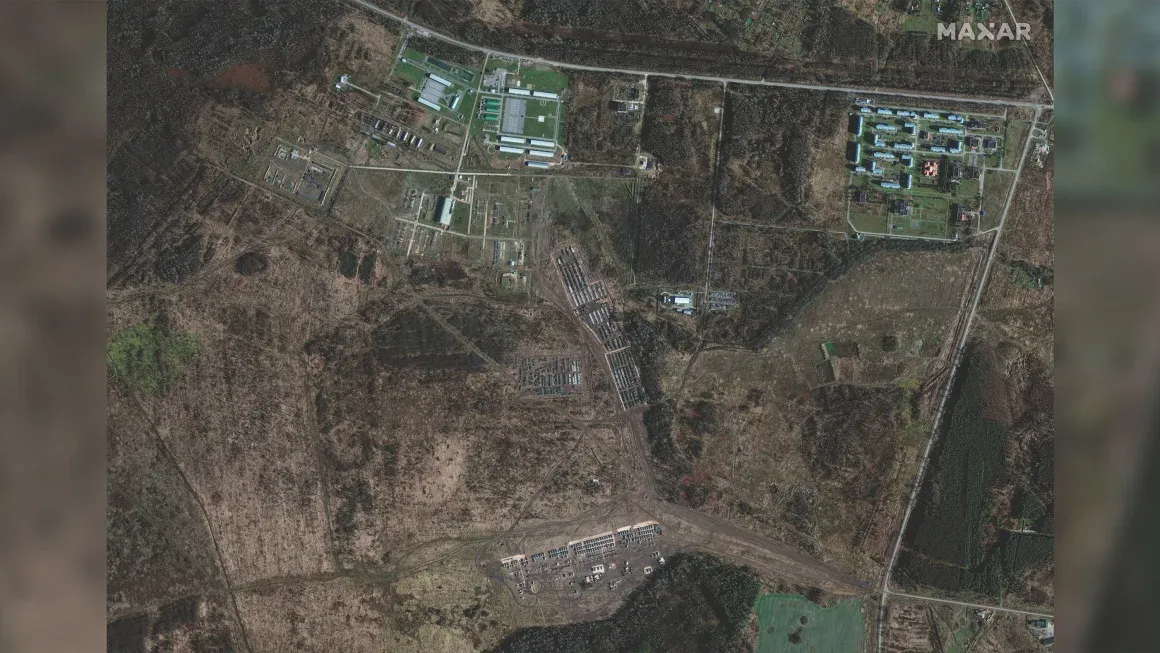
Russian Buildup Near Ukraine Boarder - Satellite image ©2021 Maxar Technologies
In early 2021, the United States, with its intelligence capabilities, observed a large buildup of Russian troops near the Ukrainian border. Amidst heightened tensions between Russia and Ukraine, most countries, including Ukraine, initially dismissed it as a mere bluff or show of force. But not the U.S.
Secretary of Defense Lloyd Austin took the threat seriously. With the capabilities of the U.S.’s sophisticated technological intelligence assets, analysts accurately deduced that the substantial kinetic force buildup, coupled with unusually high levels of signals and GPS jamming equipment, indicated a singular outcome: imminent direct conflict. Despite repeated warnings from the U.S., Ukraine only formulated a response plan and fully acknowledged the threat in the final hours preceding Russia's “Special Operation,” as termed by President Vladimir Putin. With the Ukrainian army largely caught off guard, Russian forces swiftly secured substantial territorial gains and dominated Ukraine's airspace. It was primarily the Russian incursion's poor logistics that prevented Kyiv from falling within the first 24 hours of the war.
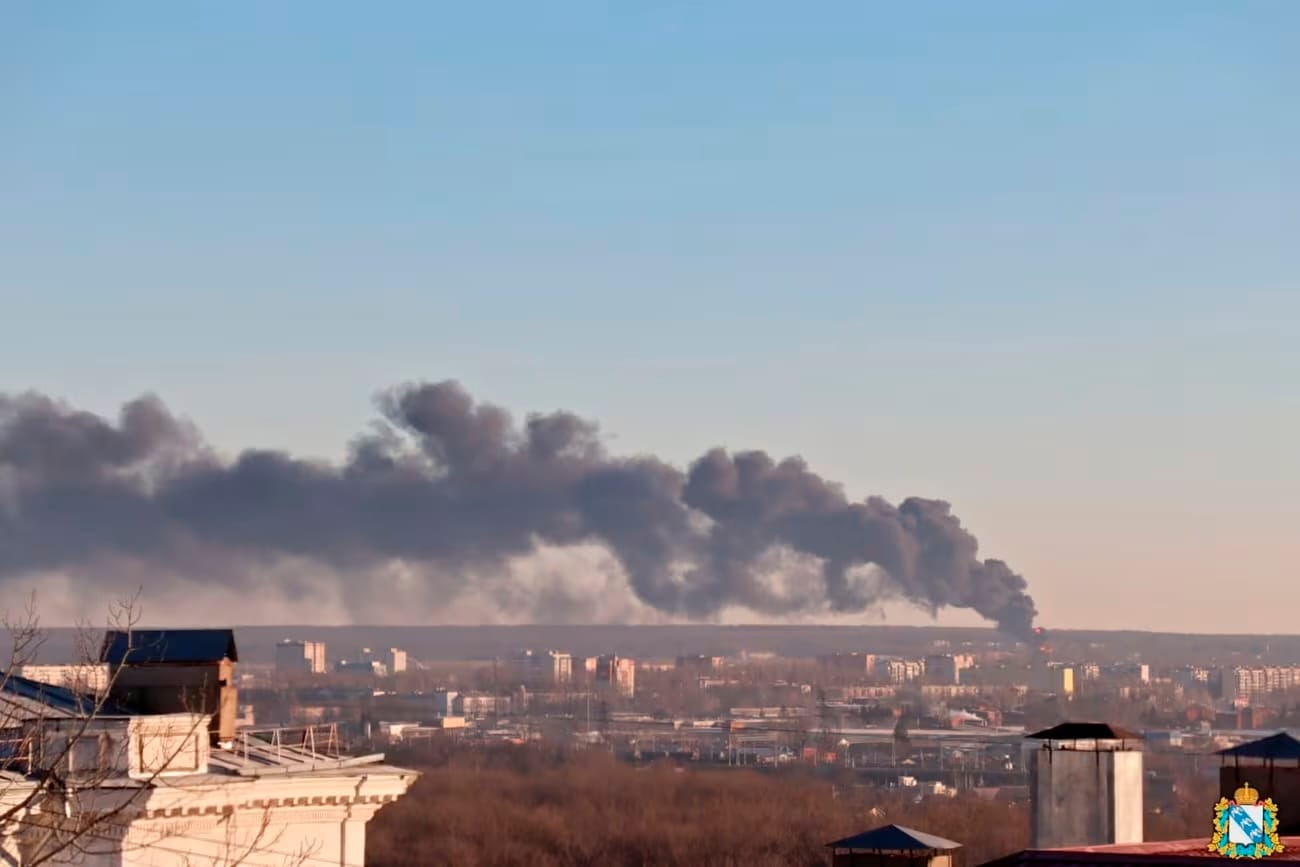
During the initial first months of the conflict, Ukraine managed to eliminate 12 Russian generals, which was an unexpected achievement for a nation without a highly effective centralized intelligence agency. It was later revealed that the U.S. might have assisted Ukraine by sharing sensitive information. According to a New York Times report, the U.S. provided Ukraine with details about Russia's planned troop movements and the location and other specifics of Russia's mobile military headquarters. Ukraine then used this information in conjunction with its own intelligence to carry out artillery strikes and other attacks that resulted in the death of the Russian officers.
Today, with the war having raged on for three years, significant shifts have emerged in the assessment of military superiority, as the integration of autonomous (drone) warfare has revolutionized the nature of modern conflict. While the future of direct conflict is still largely uncertain, with the roles of autonomous weapons still changing, one thing is still clear. Without military intelligence and the significant capabilities of SIGINT, the United States would be in the dark. There are no more surprises in modern warfare, at least for the United States.


